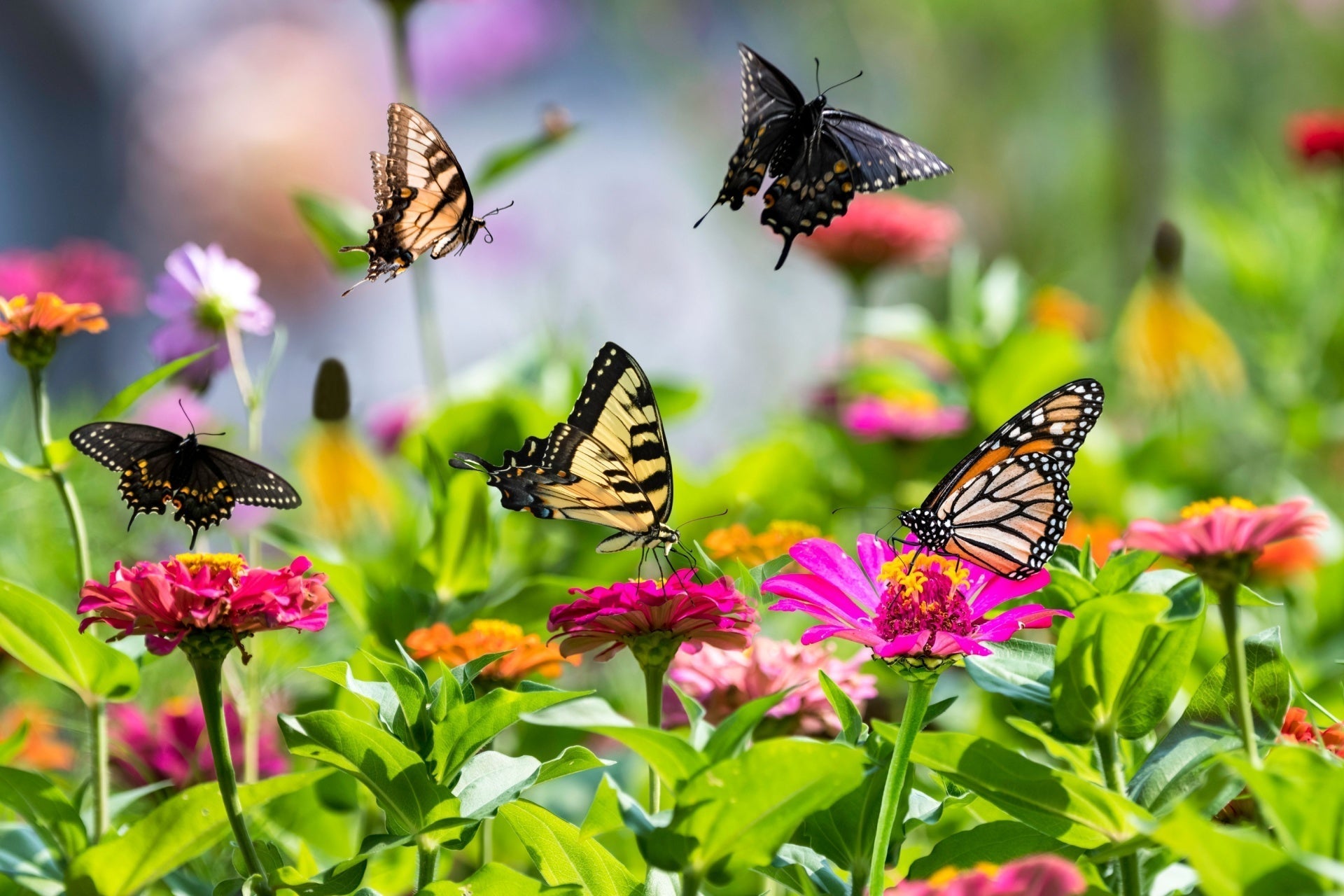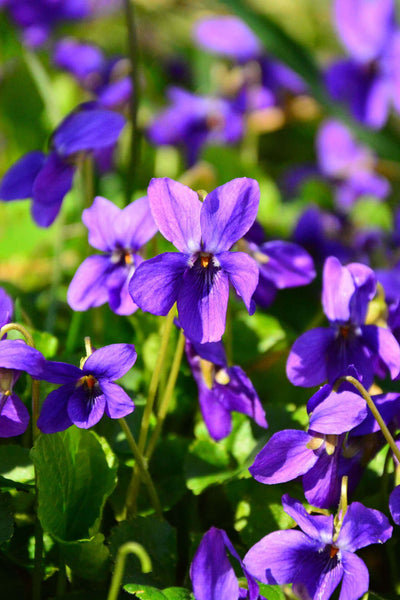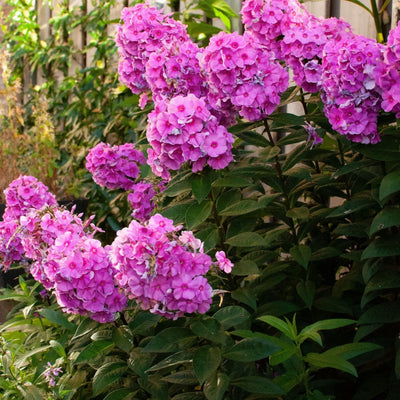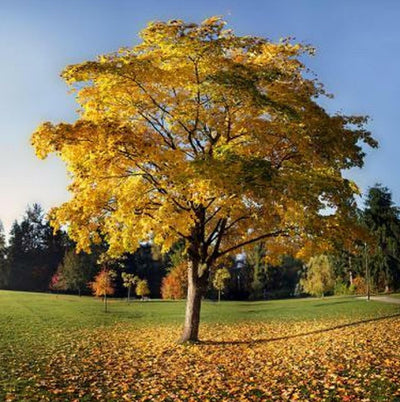Nothing can match to the beauty of garden butterflies fluttering from flower to flower when you think of summer gardens full of colour and motion. These tiny bugs are not only beautiful to look at, but they are also very important to our environment. To attract and care for different types of butterflies throughout their lives, farmers need to know about the plants they like.
Butterflies help plants reproduce by spreading pollen, and they also make outdoor areas more beautiful and lively. Whether you have a big yard or a garden on your balcony, learning how to butterfly grow a garden can make your room a haven for pollinators.
Top Butterfly Types You’ll See in Your Garden
Although there are thousands of different types of butterflies, some are more common in parks in North America. Each one is easy to spot because it has its own colour, pattern, and favourite plants.
Monarch Butterfly
One of the most well-known species is the monarch butterfly. Its bright orange wings with black veins are a sign of movement and change. Monarch butterflies depend on native plants for laying eggs, especially Milkweed.
Painted Lady
The Painted Lady can grow in many places. It likes warm, open spaces with lots of flowers that are full of nectar. For wildflower gardens, these garden butterflies are great guests because they like to eat asters, flowers, and thistles.
Swallowtail Butterfly
The Eastern Tiger Swallowtail and Black Swallowtail are two types of the Swallowtail. The Eastern Tiger Swallowtail is known for its beautiful tail-like branches. Phlox, lilac, and parsley are examples of butterfly attracting plants.
Red Admiral
The Red Admiral Butterfly is easy to spot because its wings are dark black with bands of orange. This species likes to eat tree sap, rotting fruit, and nectar. It is often seen near forests or parks with lots of shade.
Cabbage White
The Cabbage White Butterfly is small and plain-looking, but it often shows up in parks in cities and suburbs. Bird likes to be outside and puts its eggs on plants in the cabbage family.
Why Butterfly Species Guide Matters for Gardeners
The types of butterflies that live in your area can help you create a space that meets their needs. If you put a variety of nectar and host plants in your garden, butterflies will be able to find food, shelter, and places to lay their eggs.
Making places for garden butterflies to live also increases biodiversity and helps the health of your local environment as a whole. Loss of territory hurts a lot of species, so even a small butterfly garden can make a big difference.
Butterfly attracting plants that bloom in succession throughout the seasons should be combined when planning the layout of your yard. This makes sure that butterflies always have food from spring to autumn.
Tips for Creating a Butterfly-Friendly Garden
It's easier than you think to make a garden that butterflies will enjoy. Here are some useful tips on how to butterfly grow a garden that is full of colour and life.
Choose the Right Plants
Butterfly adults need places to get nectar, and their larvae need host plants. Native plants like coneflowers and violets are great for getting nectar. Plants like Milkweed and Tulip Trees are good for caterpillars to eat.
Some plants, like the Sweet Violet, bloom early in the spring and are loved by many kinds of butterflies. Pollinators are drawn to its scent and colour, and it makes shady garden places more attractive.
In the same way, Tall Phlox has clusters of nectar-rich flowers in the summer, which makes it one of the best plants for butterflies to eat when they are most busy.
Include Host Plants
Certain plants are where butterflies put their eggs, and when the eggs hatch, the caterpillars eat them. The Eastern Tiger Swallowtail and other species love to lay their eggs on tulips. Adding tulip trees to your yard not only makes it look better, but it also helps butterflies survive and raise new generations.
Create Safe Spaces
Give butterflies places in the sun to rest and warm their wings. Flat stones, small water dishes with pebbles, and corners that are out of the wind are all great places to rest and eat.
Visit the North American Butterfly Association for more information on how to help pollinators and native butterfly species. This is a reliable source for butterfly protection and gardening tips.
The Role of Native Plants in Supporting Butterflies
One of the best ways to help butterfly numbers is to include native plants for butterflies in your landscape. Native plants have adapted to the soil, climate, and insects in the area, making them safe sources of food and shelter.
As an example:
- Milkweed: Is the sole plant that caterpillars of monarch butterflies will consume.
- Coneflowers: Swallowtail butterflies love the juice they get from them.
- Asters: Have late-season blooms that draw animals that are moving.
- Sweet Violet: Butterflies can get juice from this plant early in the spring.
An ecosystem that grows naturally without constant care or chemical fertilisers is created when you depend on butterfly attracting plants that are native to your area.
Seasonal Butterfly Gardening Tips
Butterfly farming is different in each season.
- In the spring, plant flowers that open early, like violets, to get butterflies that are just starting to fly.
- In the summer, remove the spent flowers from nectar plants like phlox and zinnias to keep them growing.
- In the autumn, let asters and goldenrods grow to feed birds before they leave.
- In winter do not cut back all the dead stems because some bugs sleep in plant debris during the winter.
You can keep garden butterflies healthy and busy all year by making plans all year long.
FAQs
What is the most beautiful butterfly?
A lot of people think the Monarch Butterfly is one of the most beautiful because of its bright colours and smooth flight.
How many types of butterflies are there?
There are over 17,000 different types of butterflies in the world and many of them are native to North America.
Which plants attract butterflies and support their life cycle?
Some of the best plants for butterflies are Sweet Violet, Tall Phlox and Tulip Trees. These plants offer nectar and protection.
Can planting native plants help butterfly populations?
Yes native plants for butterflies are important for them to live because they provide food and a place to lay their eggs.
How do I create a butterfly-friendly garden habitat?
To keep a balanced environment, select butterfly attracting plants, add host species, provide water sources and stay away from pesticides.




